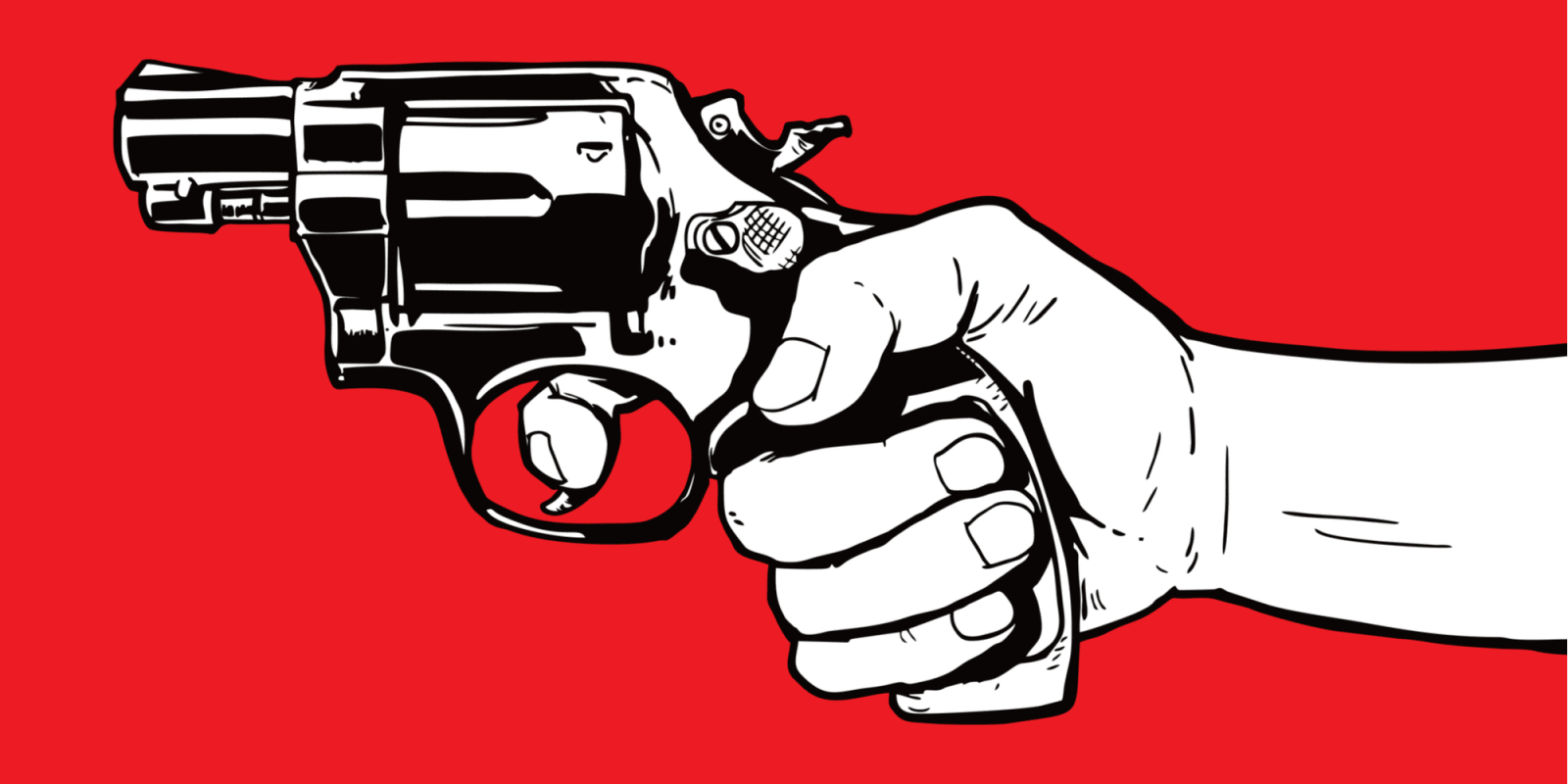
As my plane landed on Thanksgiving, the flight attendant announced, “Before you enjoy your holiday meal, please take five minutes to think of people who don't have.” She then told me that she is one of those people who doesn’t have. The flight attendant was Angela Ladson. She doesn't have two sons. Brandon died in a widely publicized barbershop shooting in Cleveland. Aaron was an eyewitness and gunned down four months later.
Our physician community doesn’t have Dr. Tamara O'Neill, a heroic emergency physician on the front lines of gun violence in Chicago. She was the victim of fatal domestic violence a few days after Thanksgiving.
A 14-year-old boy doesn’t have his mother, Wendy Martinez, a dedicated employee at my hospital in the South Bronx. Wendy was shot through the peephole of her door, shortly after Thanksgiving. She may have been the unintended victim of gang violence.
This December 14th will mark the six-year anniversary of 20 mothers in Connecticut who don't have the opportunity to see their children graduate high school because they were killed in a school shooting. December 14 was also the day that I vowed to do whatever I could to prevent such a tragedy from happening again.
Where are we now, six years later?
The good news is that our coalition of advocates continues to grow across the country. But the reason is that gun violence is increasing. Six years ago, we lost 33,000 Americans per year. Last year, we lost 40,000 Americans. Gun injuries are now the third leading cause of death in children. Eight children die every day from firearm-related homicides, suicides, and accidental injuries. And that doesn’t account for the thousands of children exposed to gun violence.
As a pediatrician in the South Bronx, children and families tell me how they are traumatized by gun violence every day. A mother told me that her child can’t play outside for fear of being caught in crossfire. A 6-year-old told me that she has trouble sleeping because of the nightly gun shots. Male teens don’t have career goals because they assume their lives will be shortened by gun violence, just like many of their fathers and friends. This is unacceptable. All children deserve to be healthy and safe; all children deserve to have hopes and dreams.
What can we do?
Gun violence needs to be officially declared a public health emergency. The federal government’s failure to officially declare gun violence a public health emergency means there are no federal resources dedicated to finding solutions, testing those solutions, or implementing them. The opioid crisis is a great example of an officially declared public health emergency. Opioids and guns kill Americans at comparably high rates. But, addressing opioids is considered policy and addressing gun violence is considered politics.
Why?
In 1996, Congress passed the little-known but far-reaching Dickey Amendment, preventing the Centers for Disease Control from using any funds “to promote or advocate for gun control.” The Dickey Amendment was prompted by a study that found gun ownership increases the risk of death in the home (versus conferring protection—disproving the adage, “people kill people.” The study found that, in fact, guns kill people). Since the Dickey Amendment, gun violence research plummeted 64 percent and we are now 22 years behind in finding solutions. Just before his death in 2015, Representative Dickey of Arkansas, expressed regret about the deadly consequences of the amendment in his name, but nothing changed.
I applaud my research colleagues with the American Foundation for Firearm Injury Reduction in Medicine (AFFIRM) for the #ThisIsOurLane campaign and for finally bringing national attention to the urgent need for research.
Why is research so important?
As a pediatrician, I use research every day to save children’s lives from preventable injuries. When I was a kid, my parents used to stick their arms out to prevent me from hitting the dashboard. Because of research, I now educate parents on the importance of using seatbelts and car seats. When I was in medical school, babies were dying in their sleep. Because of research, I now educate parents on safe sleeping positions (i.e., putting their babies on their backs). No one called this “car control” or “sleep control.” Research didn’t result in banning the car or the crib, it made them safer. We can save lives if we use the same evidence-based approach to guns. Our agenda is not pro-gun control. Our agenda is pro-child safety.
So, where do we go from here?
For the first time in six years, I feel hopeful. The Parkland youth inspired a generation to vote. The midterms brought in new members of Congress, and with it, the opportunity to repeal the Dickey Amendment, appropriate federal research funding, and stop this blood bath. While gun owners tout the right to bear arms, our children have the right to live—in their homes, schools, and communities, whatever their race, ethnicity, or socioeconomic status. And we have the right and responsibility to protect them.
This holiday season, I ask that you take five minutes to think about people that don’t have … and commit to taking action. In the words of James Baldwin, "For these are all our children, we will all profit by or pay for what they become.”
Thank you.
Image by Kisan / Shutterstock
Nina Agrawal, MD, FAAP is board-certified in Pediatrics and Child Abuse Pediatrics. She is the Chair of the Gun Safety Committee and the Co-Chair of the Injury and Violence Prevention Committee of NY State American Academy of Pediatrics-Chapter 3. She is also the Director of the Doctors for America Gun Violence Prevention Campaign.







